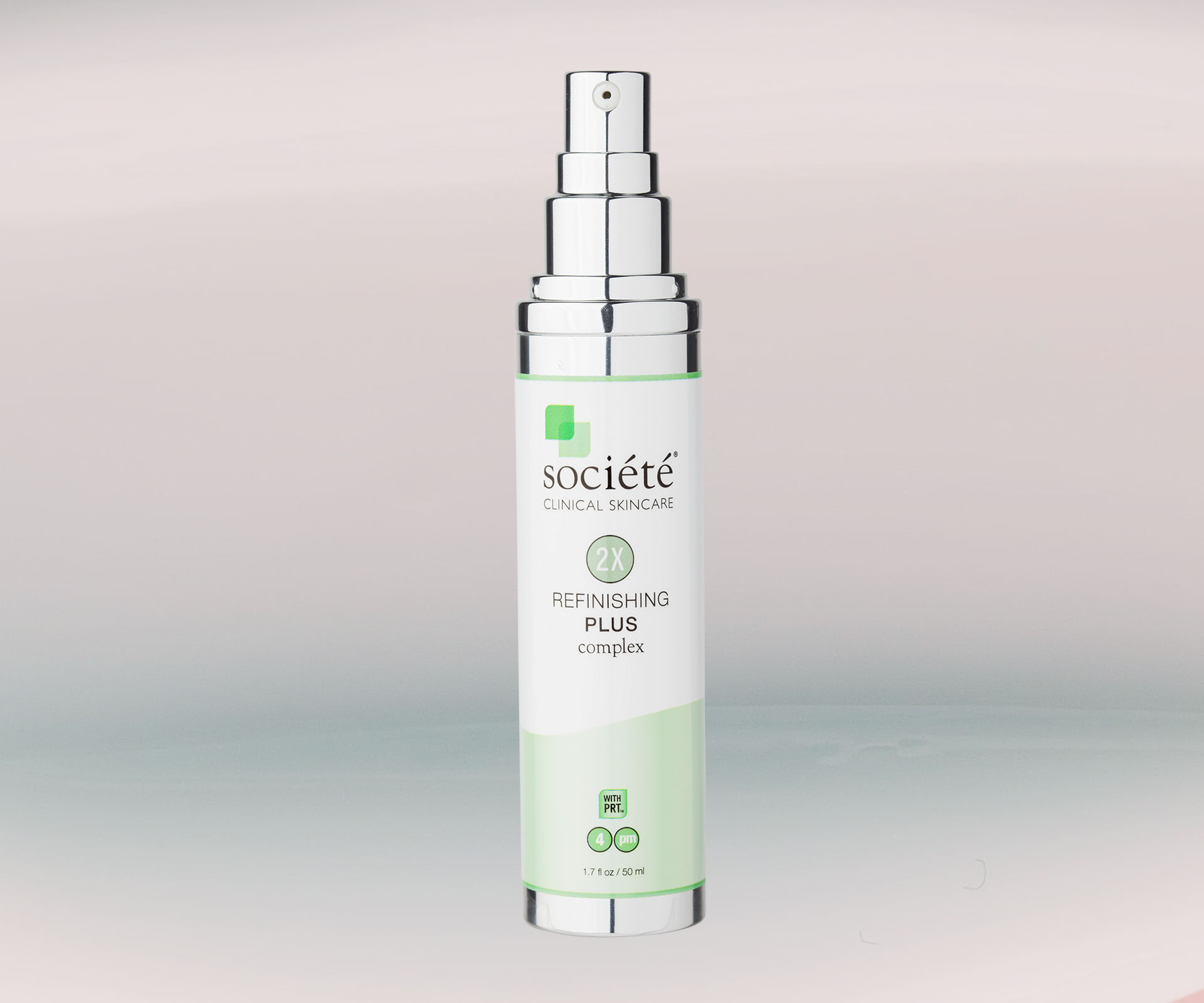Vitamin A
Action: Growth, vision and development.
Main sources: Fish oils and dairy products.
Deficiency: Causes night blindness in malnourished children.
Evidence: Meta-analysis of a number of trials showed no benefit from taking extra. Because surplus vitamin A is stored in fat, it can build up to harmful levels. More than 1.5mg a day may interfere with beneficial effects of vitamin D and weaken bones.
Too much of a good thing: The polar bear’s liver, like those of Arctic seals and huskies, contains extremely high levels of vitamin A. While this was known to the Inuit, many early European explorers were poisoned by the vitamin, which is highly toxic in large doses. In 1913, Antarctic explorers Douglas Mawson and Xavier Mertz were both poisoned (and Mertz died), almost certainly from eating the livers of their sled dogs.

Arctic huskies’ livers contains extremely high levels of vitamin A, poisoning many early European explorers resorting to Huskies for food.
B Vitamins
All the B vitamins help the body turn carbohydrates into glucose and also to metabolise fat and protein.
B1 (Thiamin)
Action: Aids muscle and nerve function.
Main sources: Small amounts in most foods but particularly in whole grains, meat, fish, poultry, eggs, milk, seeds, nuts and vegetables.
Deficiency: Causes beriberi.
Evidence: May help complications of alcoholism, some metabolic disorders and vomiting in pregnancy.
B2 (Riboflavin)
Action: Keeps skin, eyes and nervous system healthy.
Main sources: In many foods, including yeast, almonds, organ meats, whole grains, wheat germ, wild rice, mushroom, soybeans, milk, yoghurt, broccoli, eggs, Brussels sprouts and spinach. Flour and cereal is often fortified with riboflavin.
Deficiency: May cause itching and burning eyes, sensitivity to light, itching and peeling skin and mouth sores.
Evidence: Early research suggests it may help prevent cataracts and reduce the frequency of migraines, but more work is needed.
B3 (Niacin)
Action: Maintains the nervous and digestive systems.
Main sources: Yeast, meat, fish, green vegetables and cereal grains.
Deficiency: Causes pellagra.
Evidence: Can increase the “good” HDL cholesterol, but usually recommended only for people who can’t take statins. Limited evidence it may help with clogged arteries and heart disease, but excess niacin has been linked with liver damage and stroke.
B5 (Pantothenic acid)
Action: Needed for normal growth and development.
Main sources: Peas and beans (except green beans), lean meat, poultry, fish and wholegrain cereals.
Deficiency: None known.
Evidence: Claims it can treat nerve damage, breathing problems, itching, poisoning, preventing grey hair, allergies and arthritis or improving mental ability are unproven.
B6 (Pyridoxine)
Action: Aids production of haemoglobin.
Main sources: Grains, legumes, vegetables (carrots, spinach, peas and potatoes), milk, cheese, eggs, fish, liver, meat and flour.
Deficiency: Can affect the nerves, skin, mucous membranes and circulation. Can also occur in people with kidney failure complications, alcoholism and overactive thyroid.
Evidence: B6 supplements with other B vitamins can lower blood levels of the amino acid homocysteine, which may be a risk factor for heart disease. Evidence in support of other uses, including treatment of anaemia and some seizures in newborns, is lacking.
B7 (Biotin)
Action: Helps to make hormones.
Main sources: Liver, cauliflower, salmon, carrots, bananas, cereals and yeast.
Deficiency: Rare, but may cause skin rash, hair loss, heart problems.
Evidence: Claims supplements are effective in the treatment of acne, eczema or hair loss are unproven.
B12
Action: Critical to DNA synthesis, red blood cell formation.
Main sources: Fish, shellfish, meat, eggs and dairy products.
Deficiency: Can cause anaemia and nervous system damage.
Evidence: Supplements can be a boon for vegans and vegetarians, but not for omnivores. Claims that it is effective for Alzheimer’s, blocked arteries, breast cancer, heart disease, cervical cancer, depression, fatigue, fracture prevention, high cholesterol, joint pain, mental performance and sleep disorders are unproven.
Vitamin C
Action: Helps absorb iron and make collagen.
Main sources: Fruit and vegetables, particularly citrus. A single orange covers your daily needs.
Deficiency: Causes scurvy.
Evidence: It won’t prevent colds, but daily vitamin C may help you recover faster. Many other uses have been proposed, including cancer prevention and treatment, but large-scale trials have not found the evidence to support them.
Too little of a good thing: Lack of vitamin C causes scurvy, a disease which in infants stops ossification, or new bone forming.

Scurvy from a lack of vitamin C.
Vitamin D
Action: Helps the body use calcium from the diet.
Main sources: Unique in that we can make our own through the action of sunlight on our skin. Also found in oily fish.
Deficiency: Causes the bone disorder rickets. Also linked to an increased risk of autoimmune diseases and greater susceptibility to viral infections.
Evidence: Supplements may be useful for young children, pregnant women and the elderly – and possibly others who don’t get out in the sun much. A recent study found, compared with those with the highest levels, people with very low vitamin D were at 57 per cent greater risk of death from all causes.
Just the right amount: Some scientists theorise it is our need for just the right amount of the sun’s vitamin D that has led to racial groups with differing skin colour.
Vitamin E
Action: Helps prevent clots and maintain immune defences.
Main sources: Vegetable oils, nuts, seeds and green vegetables.
Deficiency: Rare in otherwise healthy people, but can lead to muscle weakness and vision problems.
Evidence: No evidence of benefit in a range of conditions for which it’s been touted, from macular degeneration to heart disease and dementia.
Vitamin K1 and K2
Action: Major role in blood clotting.
Main sources: K1 found in leafy green vegetables, K2 synthesised by gut bacteria.
Deficiency: Rare, but associated with uncontrolled bleeding.
Evidence: Newborns are often deficient so are given a booster to prevent bleeding problems. Low levels linked with osteoporosis and increased risk of fractures. So far, only a few small studies, with conflicting results.
Calcium
Action: Important for strong bones and teeth.
Main sources: Dairy products and salmon.
Deficiency: Can lead to fractures and osteoporosis.
Evidence: Advice that supplements be taken by post-menopausal women has changed after studies showed they were linked with greater risk of heart attack or stroke. The US Preventive Services Task Force now recommends against calcium and vitamin D supplements for post-menopausal women. We still need plenty of calcium, but should get it in our diet.
Fish oil
Action: Contain omega-3 fatty acids, building blocks for nerve and brain tissue.
Main sources: Made naturally by deep-sea algae and found in fish that eat it.
Deficiency: Populations with lower levels of omega 3 may have higher heart disease rates.
Evidence: Support for the benefits of omega 3 from particularly oily fish in the diet on heart health, but evidence in supplements is inconsistent.

Some scientists theorise that our need for just the right amount of vitamin D that has led to differing skin colour.
Glucosamine
Action: A building block of cartilage and a component of the fluid around joints.
Main sources: Made naturally in the body.
Evidence: Small trials suggest it can reduce arthritis pain and inflammation, but meta-analyses found little difference when compared to a placebo. The UK’s National Institute for Health and Care Excellence recommends against using glucosamine for arthritis, because of the lack of strong evidence and potential risks – it may hinder the body’s ability to process glucose.
Iron
Action: A major component of haemoglobin, which transports oxygen in the blood.
Main sources: Meat and fish, beans, dried fruit and tofu.
Deficiency: Can cause anaemia and tiredness.
Evidence: Boosting iron can reduce tiredness – but overload can cause fatigue.
Magnesium
Action: Many enzymes need magnesium, including those involved in nerve and muscle function, and in regulating blood glucose and blood pressure.
Main sources: Nuts and green vegetables.
Deficiency: Linked to irritability, muscle weakness and irregular heartbeat.
Evidence: Conflicting results of studies in stroke and heart disease. Only a very small, if any, impact in lowering blood pressure.
Selenium
Action: Helps form selenoproteins, vital for DNA production.
Main sources: Fish, meat, grains, Brazil nuts and dairy products.
Deficiency: Rare. Though New Zealand soils are low in selenium, Medsafe says there is no indication this causes adverse effects.
Evidence: Research into whether selenium supplements could lower the risk of some cancers has been contradictory or inconclusive. New Scientist suggests eating a few Brazil nuts instead of popping a pill.
Potassium
Action: Works with sodium to regulate blood volume and get rid of excess salt and fluids through urine.
Main sources: Fresh fruit and vegetables.
Deficiency: Rare, but may cause muscle weakness, irregular heartbeat, mood changes, nausea or vomiting.
Evidence: No evidence that supplements are useful for treating high blood pressure.
Zinc
Action: Plays a vital role in cell division and is required for about 100 enzymes to work. Helps with metabolism, wound healing and DNA production.
Main sources: Beef, pork, shellfish, peanuts and legumes.
Deficiency: Can cause weakened immune system, hair loss and mental slowness.
Evidence: A recent review of its usefulness in colds found it could reduce duration once you’re sick.
Sources: New Scientist, Mayo Clinic, University of Maryland Medical Centre.
Photos: Getty Images


